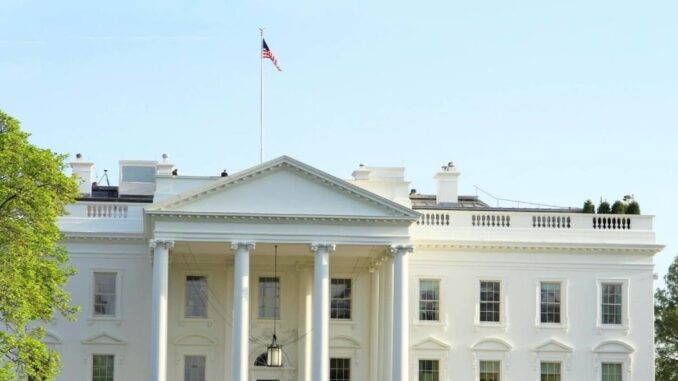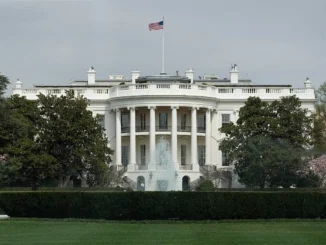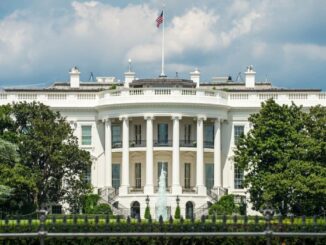
In a fun twist of creativity and innovation, Imagined Architecture, a firm harnessing the power of Artificial Intelligence and Stable Diffusion, embarked on a journey to reimagine the very heart of American democracy: the White House in Washington, DC.
This iconic neoclassical mansion, the residence and workplace of the President of the United States, has long stood as a symbol of leadership and power. James Hoban, an Irish-born architect, is the man who’s long been known for designing it.
But what would it look like if the world’s most renowned architects put their distinctive stamps on it?
The inspirations of nine architectural visionaries, known for pushing the boundaries of design, were brought into the fold for this awe-inspiring project.
The illustrious list includes a who’s who of the discipline’s most respected names: Zaha Hadid, Antoni Gaudí, Louis Sullivan, Santiago Calatrava, Frank Lloyd Wright, Mies van der Rohe, Frank Gehry, Rem Koolhaas, and Tadao Ando.
Each luminary was analyzed, and the results were nothing short of revolutionary.
The late Zaha Hadid, the Iraqi and British architect famous for liberating architectural geometry, left her mark with abstract, suprematist designs. Her influence can be seen in works like the London Aquatics Centre and Rome’s MAXXI Museum, which have redefined the limits of architectural expression.
Antoni Gaudí, the late prodigious Catalan architect, brought his unique style to the table, one that’s synonymous with the mesmerizing Sagrada Família in Barcelona. Known as “God’s Architect,” Gaudí’s devotion to Catholic faith is intricately woven into his architectural creations.
The late Louis Sullivan, the father of skyscrapers and modernism, instilled the mantra “form follows function” into the architectural world. His teachings influenced generations, including Frank Lloyd Wright, and are still revered today.
Santiago Calatrava, 72, the Spanish maestro of structural engineering, is renowned for his bridges and sculptural forms. From the Turning Torso in Malmö, Sweden, to the World Trade Center’s Oculus transportation and shopping hub in New York City, Calatrava’s creations are a testament to architectural brilliance.
Frank Lloyd Wright, the late pioneer of organic architecture, left an incomparable legacy with more than 1,000 structures and his innovative Usonian home concept. His Fallingwater, a masterpiece of American architecture, showcases his commitment to harmony with humanity and nature.
The late Mies van der Rohe, the German-American modernist, is remembered for his iconic aphorisms “less is more” and “God is in the details.” He reshaped interior spaces with industrial steel and plate glass, setting the stage for modern architecture.
Frank Gehry, the 94-year-old Canadian-born American architect, has etched his name in architectural history with his avant-garde designs, including the Walt Disney Concert Hall in downtown Los Angeles and the Fisher Center for performing arts at Bard College in New York’s Hudson Valley. Vanity Fair aptly calls him “the most important architect of our age.”
Rem Koolhaas, the 78-year-old Dutch architectural provocateur, is celebrated for his deconstructivist approach and acclaimed manifesto, “Delirious New York.” His influence on architectural thought is undeniable, earning him the prestigious Pritzker Prize.
Tadao Ando, 82, the Japanese autodidact architect, brings a sense of simplicity and intentional emptiness to his work, emphasizing critical regionalism. His belief that architecture can reshape society is evident in his meticulous designs.
Real Estate – Latest NYC, US & Celebrity News



